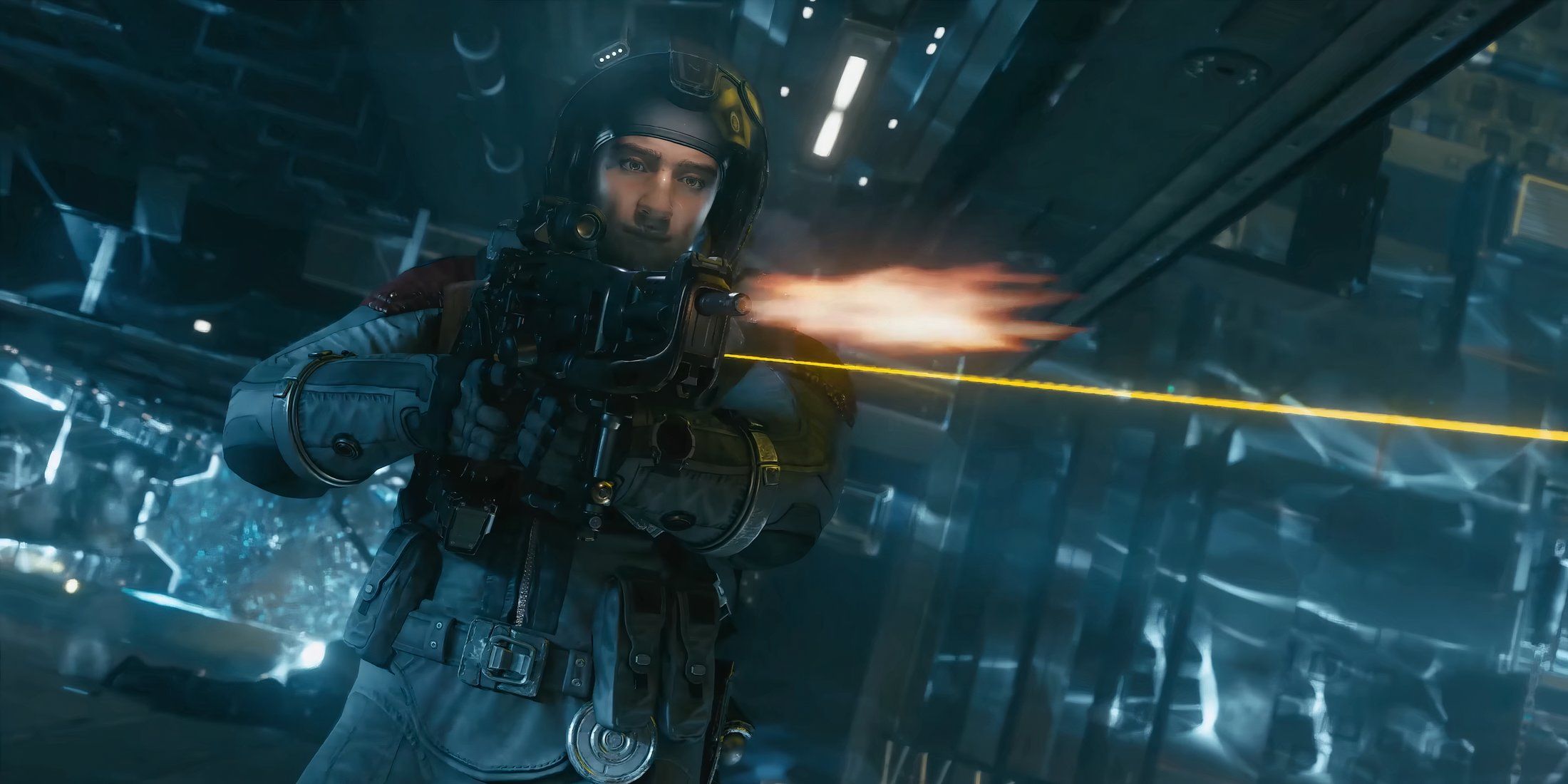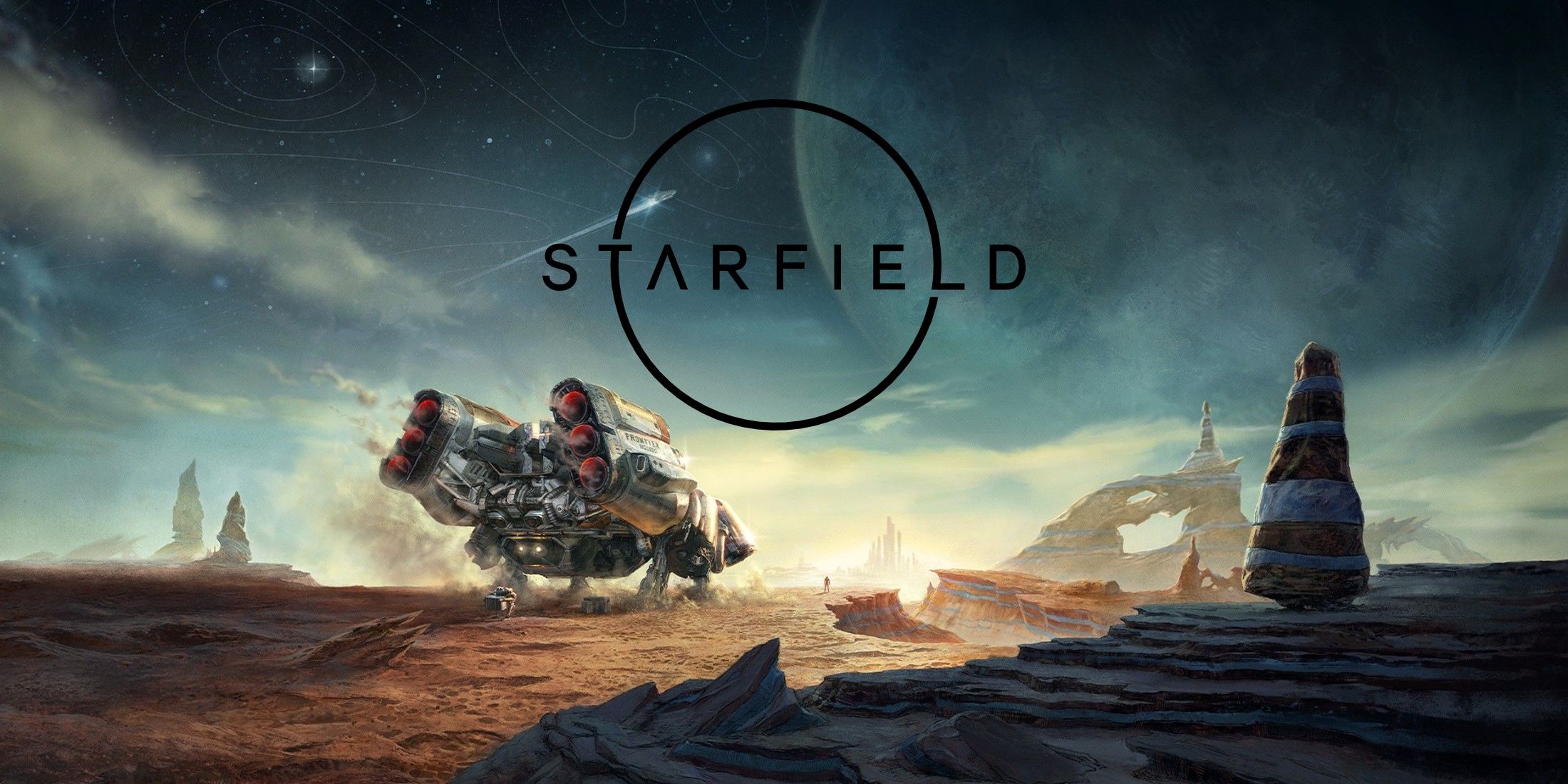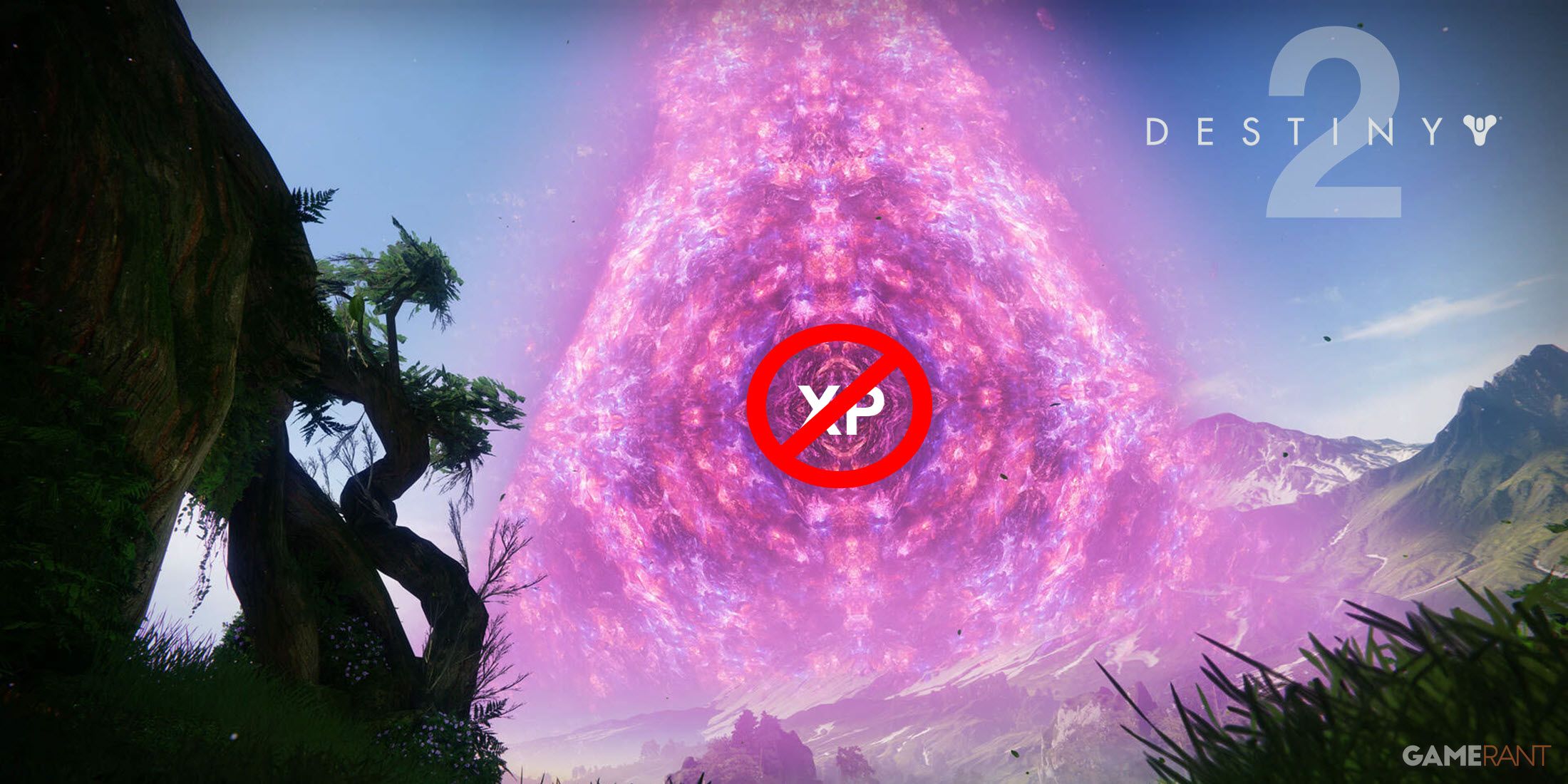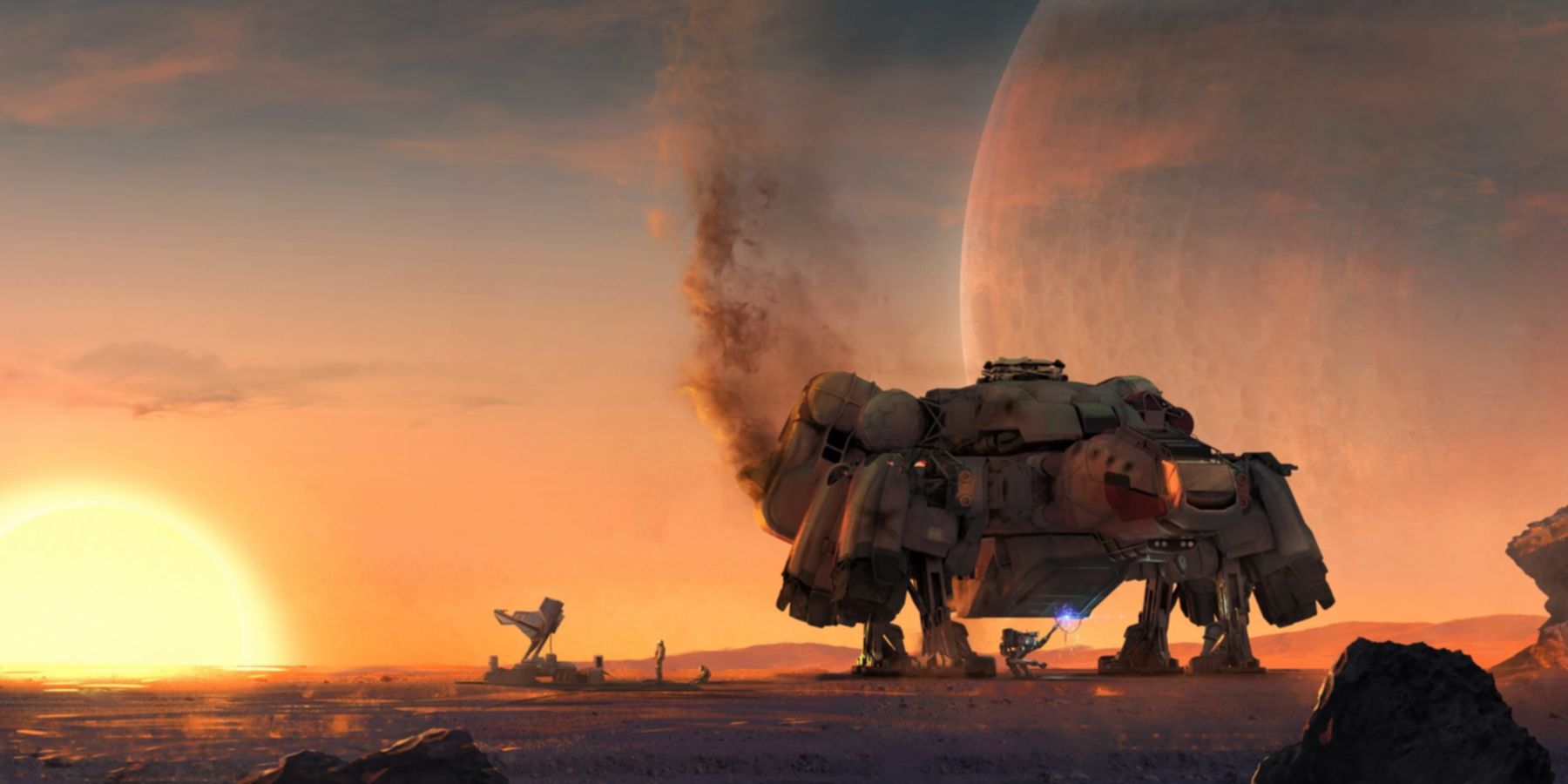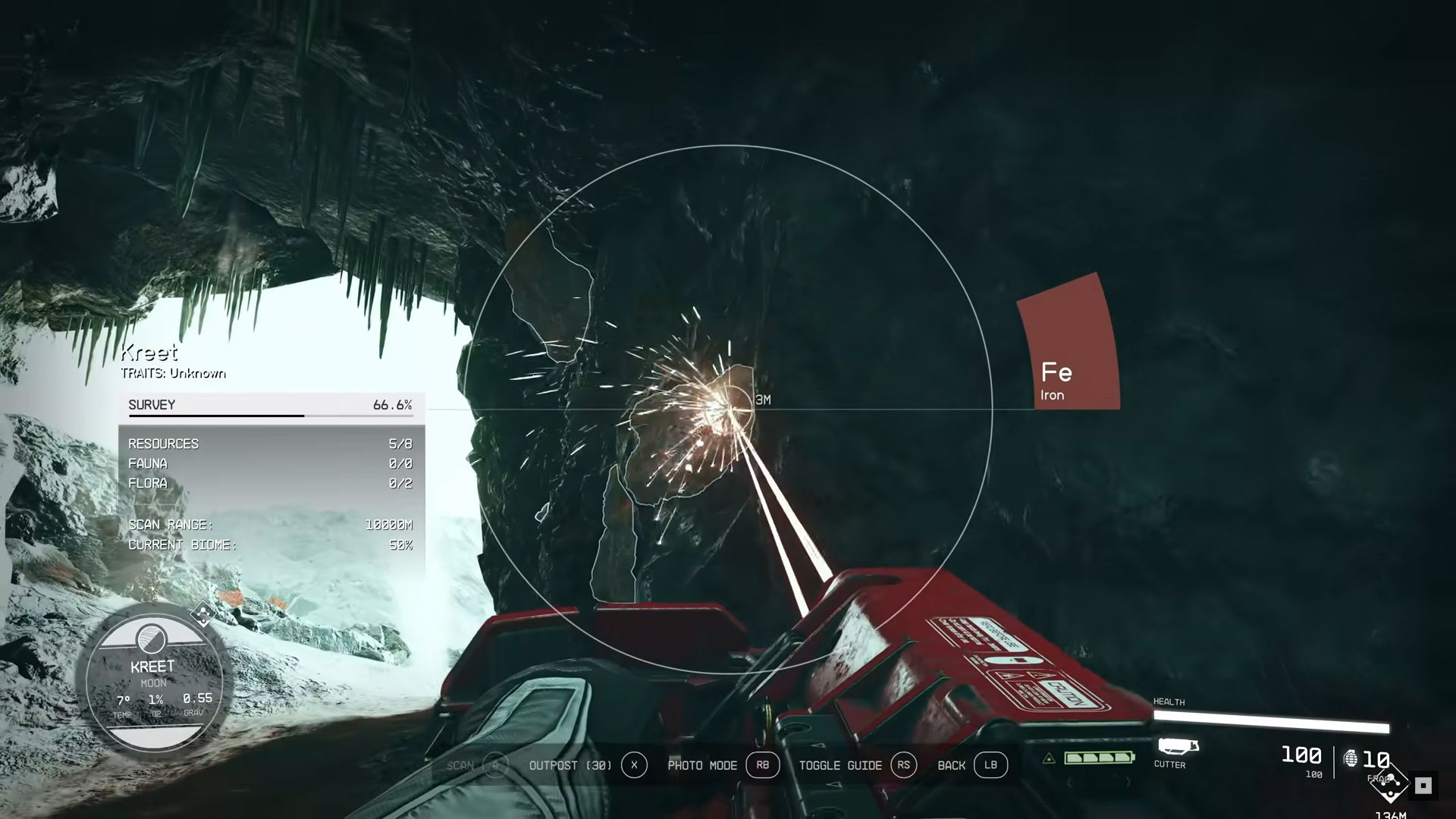Procedural generation occupies a strange niche in the world of gaming. It is a great tool for open-world sandboxes such as Minecraft and Terraria, but is rarely touched upon in open-world RPGs. However, its inclusion in Starfield may be signaling a change to that tradition.
With the claim of there being "over 1000 planets" in Starfield, there was little doubt procedural generation would come to be used. However, this is not the first time Bethesda would make use of procedural generation. Starfield's iteration of it is going to need a lot more juice than Bethesda's last try at it, which was The Elder Scrolls 2: Daggerfall.
Procedural Generation's Place in Open-World RPGs
Out of all of Starfield's potential features, procedural generation draws the most eyes. That is because procedural generation's use on as massive of a scale as this is usually only attempted for sandbox games. Typically, open-world RPG developers prefer to use hand-crafted settings, as procedural generation does not yet have the ability to captivate the player the same way that the intentional hand of a developer does. For that reason, it is likely that Starfield's use of it will likely be supplemental to the content already found in the game. Many locations that hold relevance to the story will likely take place on the planets that were finely carved out by Bethesda itself.
However, that isn't to say procedural generation has no future in gaming. Daggerfall's attempt at it was lackluster for sure, as it took a long time to travel to locations, which was not helped by the incredibly large but barren maps. But that game was released in 1996, nearly 3 decades ago. It would be an understatement to say that technology has come a long way. As games like Minecraft and No Man's Sky have shown, it is still possible to have the player in awe of procedurally generated structures. Starfield needs to shoot for the moon in order to recreate the same feeling that other sandbox games have managed to do.
For starters, Starfield will need to go hard on its details. Things like showcasing natural land movement and signs of the planet having a life of its own help create a more realistic setting. Minecraft does this well, with its mix of natural and man-made structures. Ravines and mountains give the game a sense of natural age found in very few other games. Its artificial buildings and ancient cities are also quite mysterious, which has the player question what exactly happened. If Starfield were to go all in on this, it could create a truly immersive world that sucks in the player, all through the use of procedural generation.
But by far the biggest weakness of procedural generation is that it will almost never meet the standards that hand-crafted locations bring to the table. In the hands of talented people, so many intricate details can be stuffed into a single location that makes it come alive. This doesn't mean that procedurally-generated content can't achieve the same result, though. While much of Starfield's gameplay has yet to be showcased, this is something Bethesda should give players a greater insight into as soon as it can.
Though Starfield's release date is still far away, the expectations for it are here and real. With any luck, Bethesda will manage to do much better this time around with procedural generation than they did in the past.
Starfield is set to launch on September 6 for PC and Xbox Series X/S.

